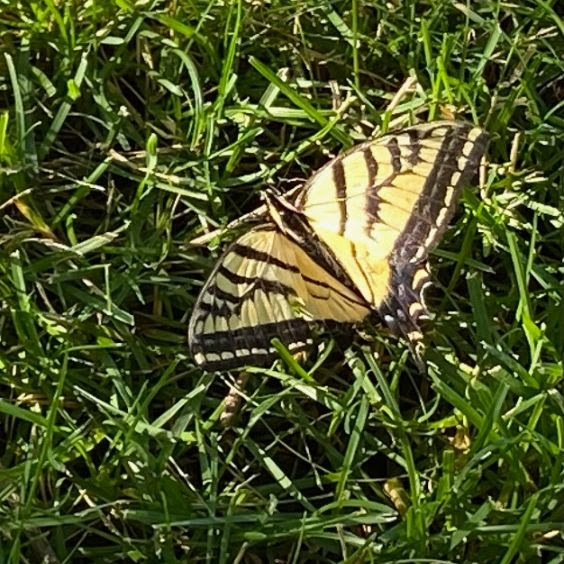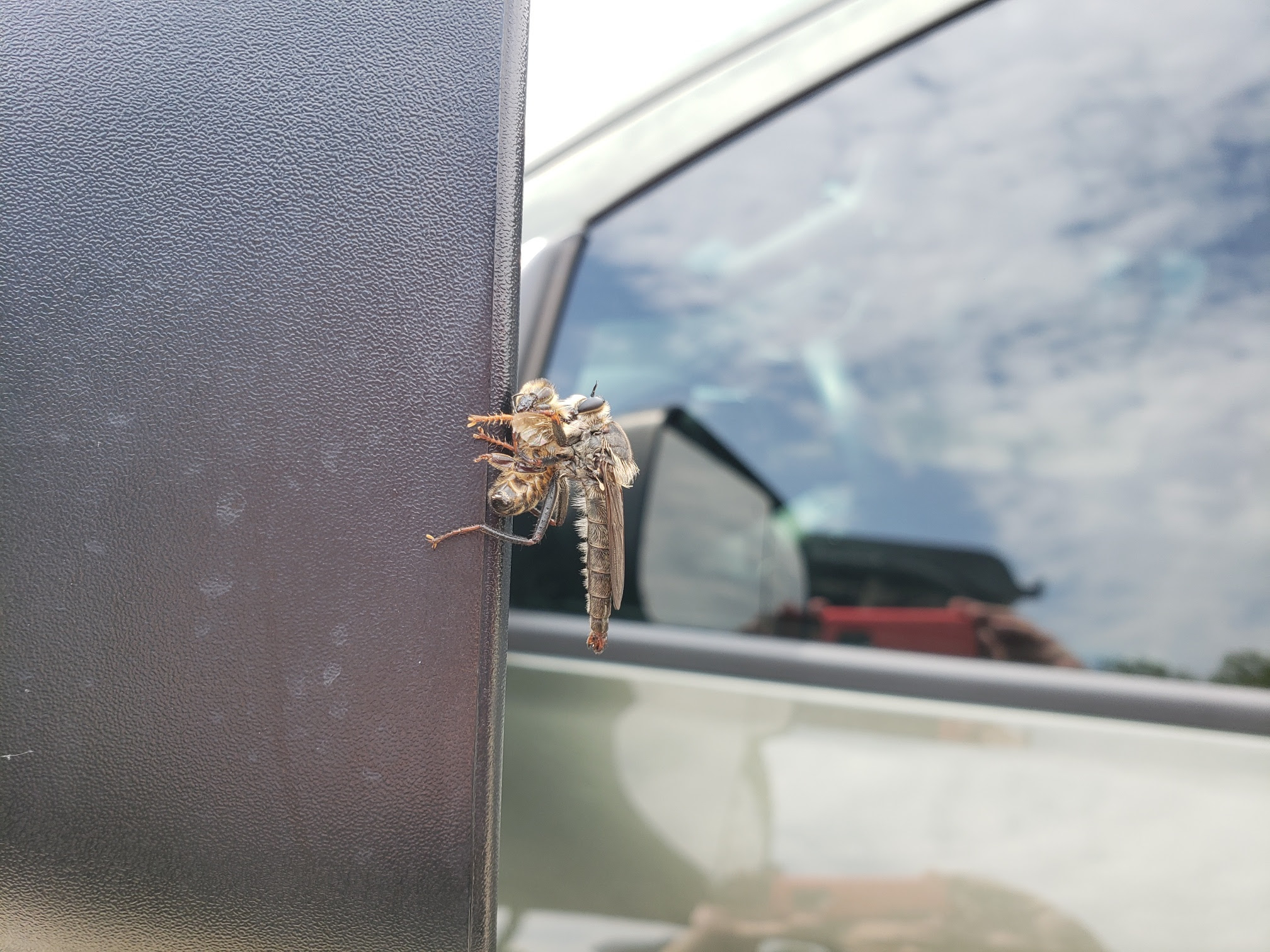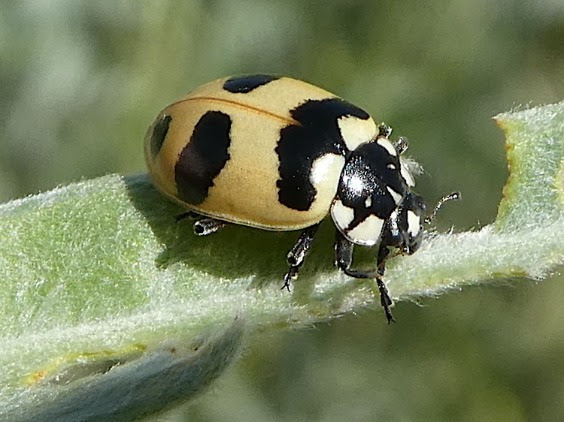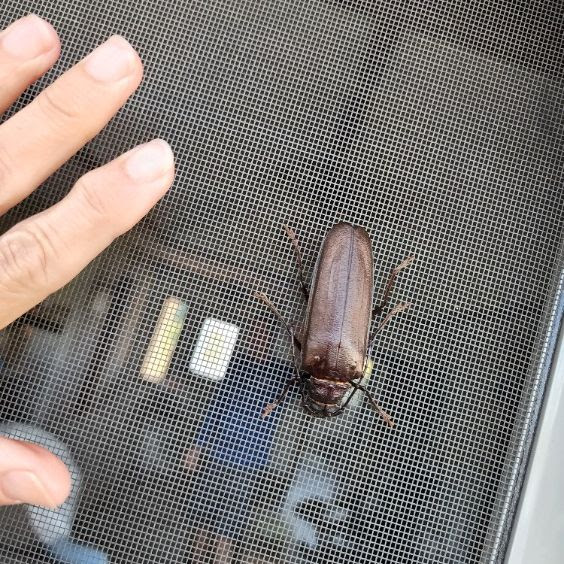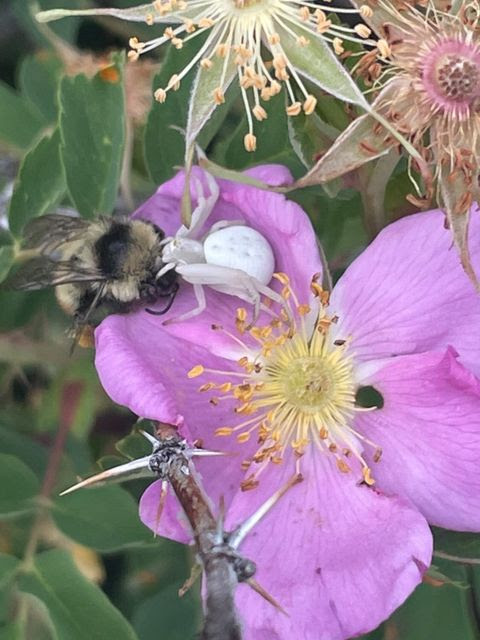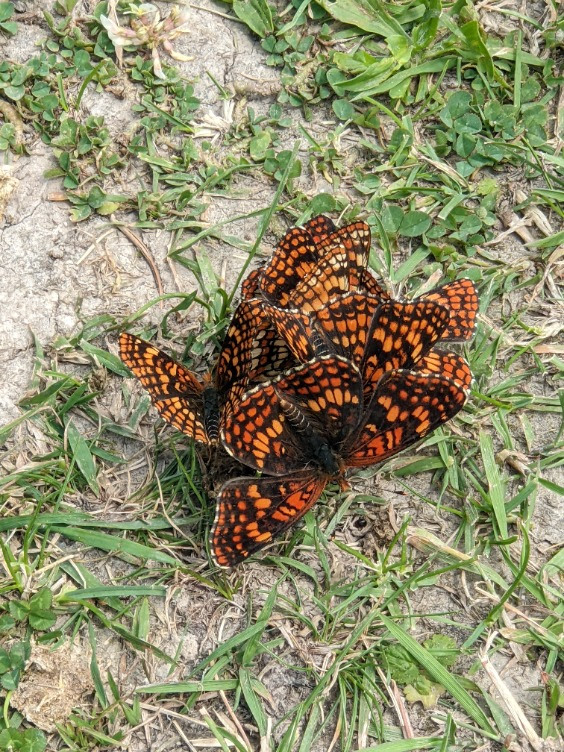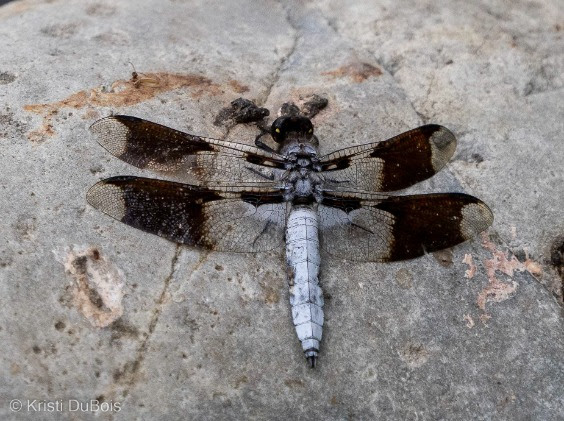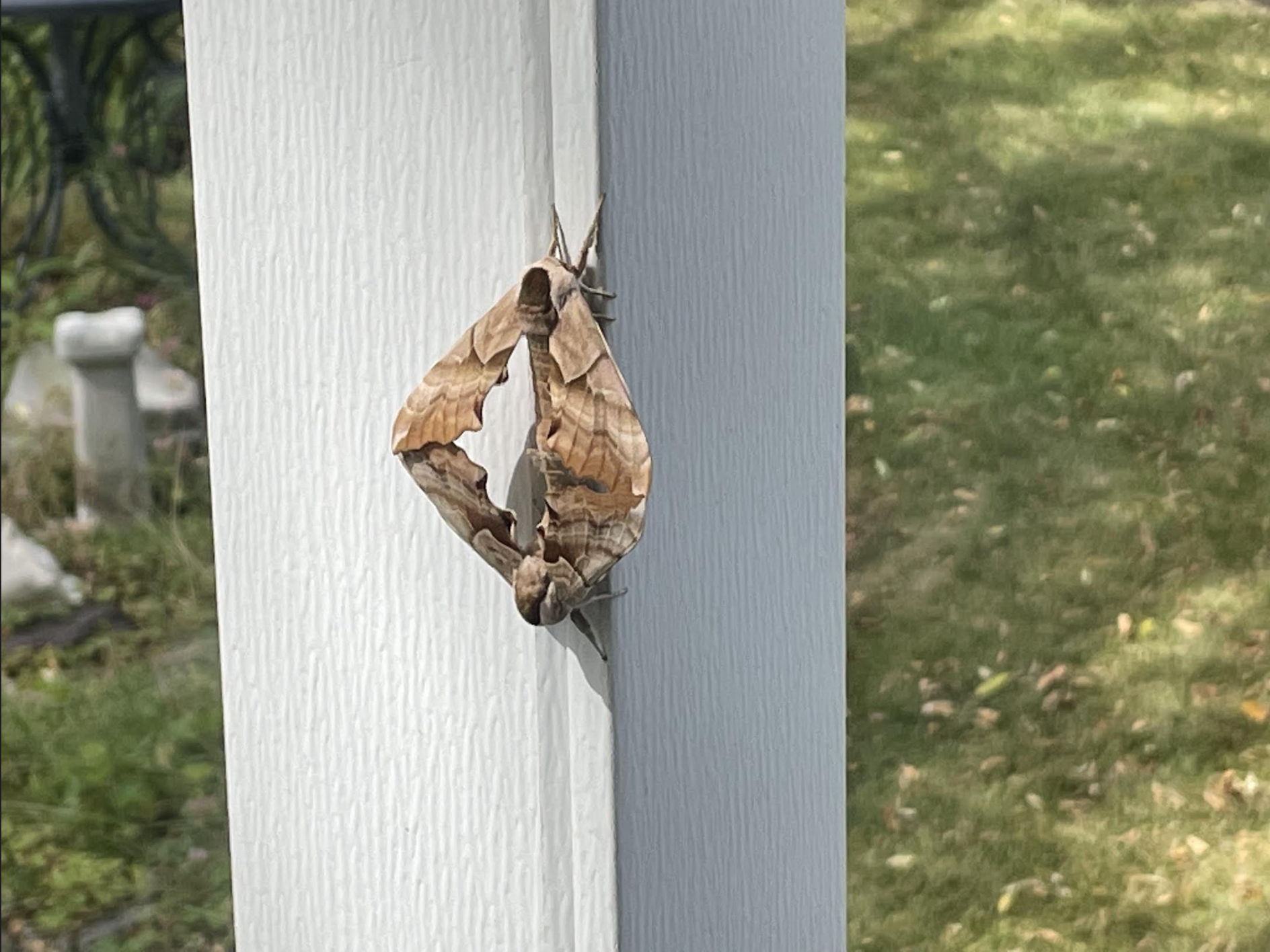Tom’s granddaughter, Everli, has been enjoying the company of CeCe, a Two-tailed Swallowtail that comes to visit them everyday. Everli, who Tom calls the “Butterfly Whisperer,” has been interested in […]
Read MoreWhat’s Buzzin’
What can you see around Western Montana right now?
Robber Fly (family Asilidae)
A honey bee is the latest victim of this predatory fly. Perfectly described in the Kaufman Field Guide to North America, robber flies “are to other insects what falcons are to other birds: swift […]
Read MoreSorrowful Lady Beetle (Hippodamia moesta bowditchi)
This is the first time we’ve seen this species. And although we couldn’t find a lot of information, Hippodamia lady beetles and their “alligator-shaped” larvae are voracious eaters of aphids. There are 18 […]
Read MorePine Sawyer Beetle (Trichocnemis spiculatus)
This is the largest beetle in Montana. They can be found in forested areas of Douglas Fir and Ponderosa Pine (their principle hosts) throughout the Rocky Mountain region. Females lay […]
Read MoreGoldenrod Crab Spider (Misumena vatia) and Bumble Bee (genus Bombus)
Goldenrod Crab Spiders are masters at blending in. These spiders can change their color over several days (ranging from yellow to white) in order to better blend in with their […]
Read MoreNorthern Checkerspot (Chlosyne palla blackmorei); additionally a Lorquin’s Admiral (Limenitis lorquini) in the second photo
Our guess is that there is a scat pile under all these butterflies! Butterflies often congregate and sip from spots that provide additional nutrients, minerals, and salts. That could be […]
Read MoreCommon Whitetail (Plathemis lydia)
Kristi shares, “The female whitetail was laying eggs in some vegetation just under the surface. One of the pictures shows the male above her, guarding her. The dragonflies were putting […]
Read MoreVelvet Ant (Dasymutilla californica), male
Velvet Ants, named for their hairy ant-like bodies, are actually more closely related to many wasps than ants. The females are wingless and the males are winged…and the females have […]
Read MoreSmall-eyed Sphinx (Paonias myops)
The name of this sphinx moth is a bit misleading. The moth has normal eyes, not small at all, but the eyelike spots on the hindwings could be considered small. These handsome […]
Read MoreSphinx Moth (Smerinthus ophthalmica)
This is our most reported insect as of late…and the next generation is on its way! The adults do not feed, but caterpillars fatten up on plants in the willow […]
Read More